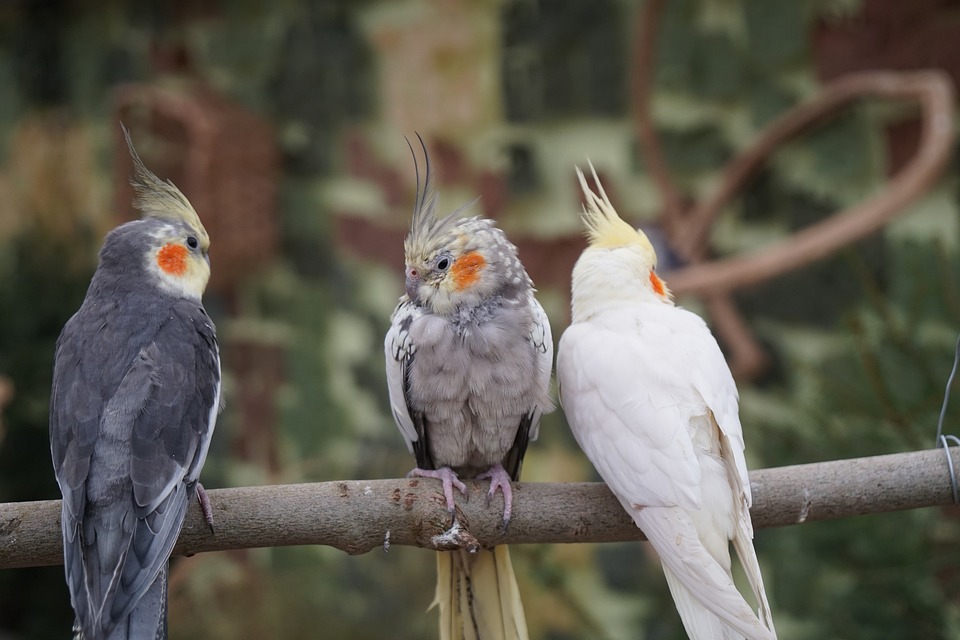Parrots are known for their vibrant personalities and unique behaviors, and one of the most intriguing aspects of their behavior is their vocalizations, especially during play and moments of excitement. In this article, we will explore the fascinating world of parrot vocalizations, understanding their meanings, and providing insights into interpreting their behavior.
Parrots are highly vocal creatures, using a variety of sounds to convey their emotions, intentions, and needs. Their vocalizations can range from chirping and whistling to screeching and even mimicking human speech. Understanding the different types of vocalizations is crucial in comprehending their behavior.
When parrots are happy, relaxed, and comfortable in their environment, they often express their contentment through chirping and warbling. These vocalizations signify their sense of well-being and can also serve as a way for parrots to bond and socialize with their human counterparts or fellow parrots. Playful chirping is a way for them to establish social connections and communicate their willingness to engage.
Parrots are excellent imitators, and when they whistle and sing, they are often learning and mimicking sounds from their surroundings. They may imitate melodies, phone ringtones, or even the tunes of popular songs. Whistling and singing are their ways of expanding their vocal repertoire and engaging with their environment.
When parrots are highly excited or engaged in energetic play, they tend to squawk and screech. This behavior is accompanied by flapping wings and rapid movements. Squawking and screeching are expressions of high energy and may also serve as attention-seeking behaviors. Parrots might utilize loud vocalizations to grab their owner’s attention or express their desire for interaction and playtime.
Another fascinating behavior of parrots during excitement is their ability to mimic human speech. When excited, they might repeat phrases or words they have learned, adding an element of amusement to their behavior. Parrots have an innate ability to mirror their environment, and mimicking human speech is one way they do so.
Now, let’s address some frequently asked questions about parrot vocalizations during play and excitement.
If your parrot screeches excessively during playtime, it might indicate their need for more stimulation or attention. Ensuring that your parrot has enough toys, social interaction, and mental enrichment can help keep them engaged and reduce excessive screeching.
To discourage excessive squawking while still encouraging play, offering alternative activities or toys that provide mental stimulation can redirect your parrot’s focus. Positive reinforcement training can also help teach your parrot to engage in quieter play behaviors.
While parrots can mimic words and phrases, they do not comprehend the meaning behind them. They are simply imitating sounds they have heard before and associating them with certain contexts or situations.
If your parrot whistles when it gets excited, it is a natural behavior for them. Whistling often signifies their excitement or happiness and is their way of expressing joy and engagement with their environment.
In conclusion, parrot vocalizations during play and excitement provide valuable insights into their behavior and emotional state. Understanding the different types of vocalizations and their meanings can help parrot owners create a harmonious and enriched environment for their feathered companions. By nurturing their playfulness and excitement, we can develop stronger bonds and ensure the overall well-being of our beloved parrots.









